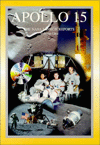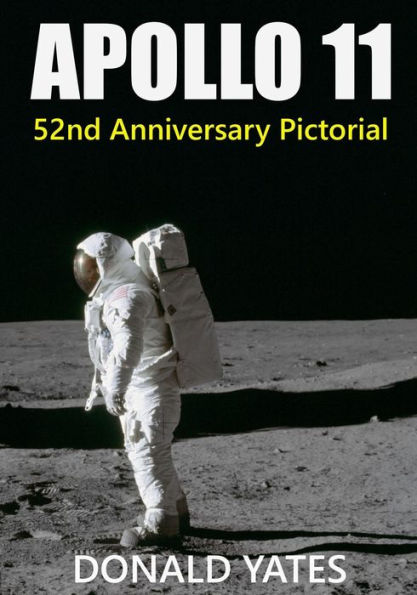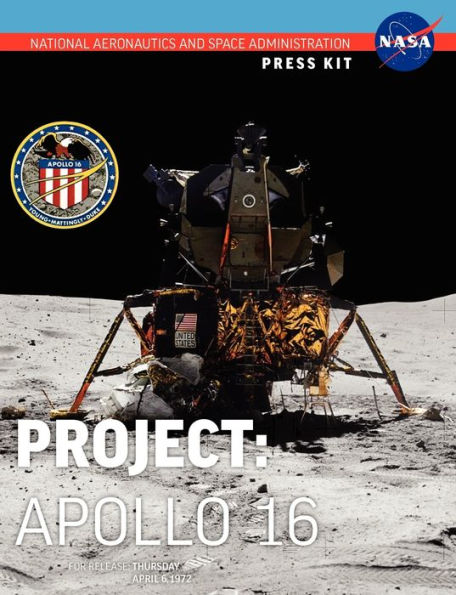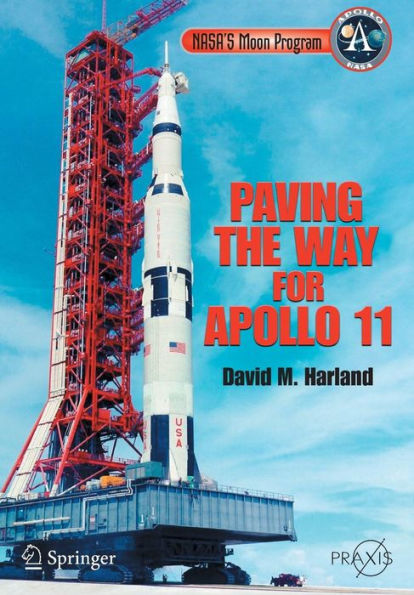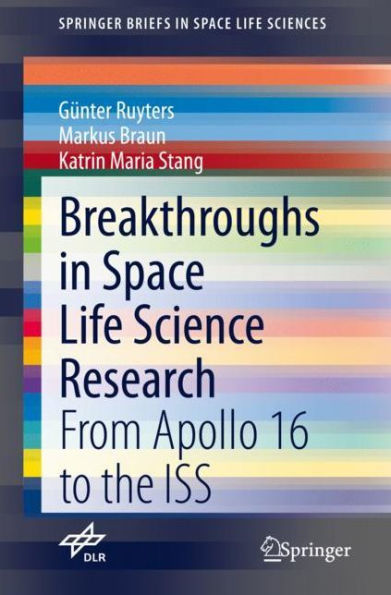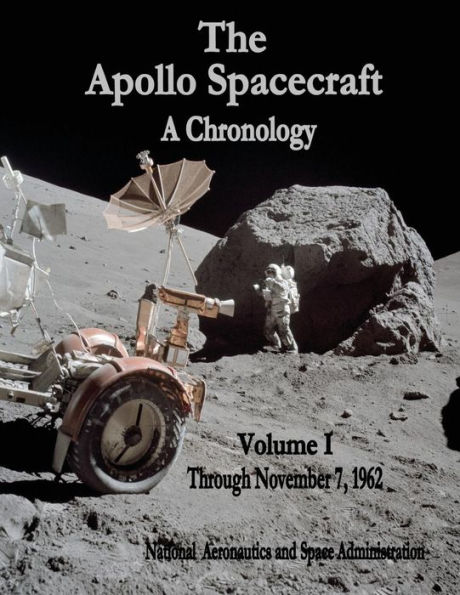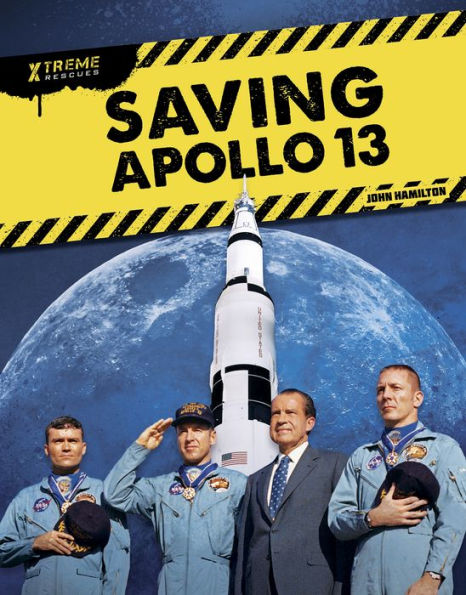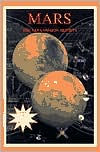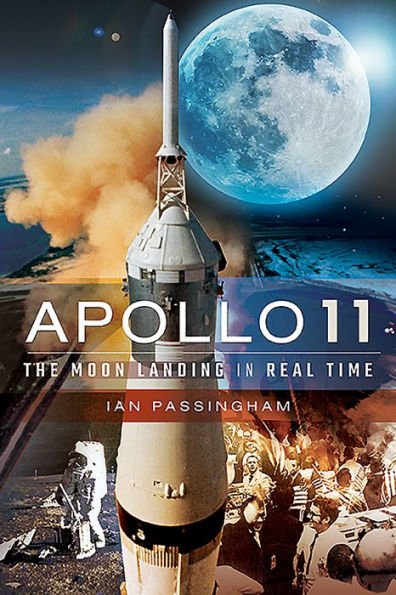Home
Apollo 12: Preliminary Science Report


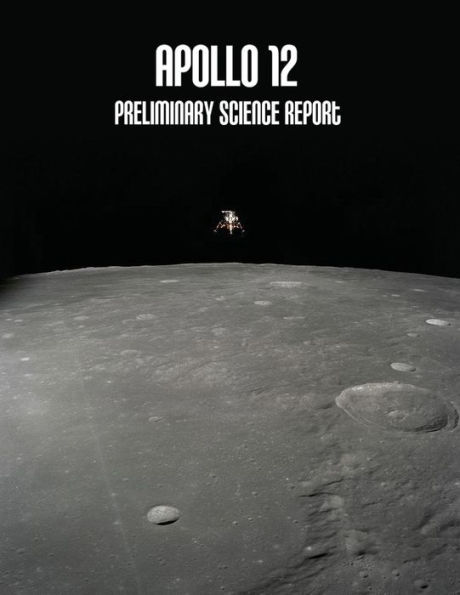
Apollo 12: Preliminary Science Report
Current price: $23.99
Loading Inventory...
Size: OS
Our second journey to the Moon opened the new age of extraterrestrial scientific exploration by man. Going beyond Apollo 11, which demonstrated to an eager world that astronauts can set foot on a celestial body and return safely to Earth, Apollo 12 concentrated on a systematic scientific sampling designed to help unlock some of the secrets of the solar system's origin and early history. At Apollo 12's destination we had in the spring of 1967 landed Surveyor 3, a spiderlike mechanical creature with three legs, a clawlike arm, and a roving TV eye. Less than 3 years later, Pete Conrad and Alan Bean landed their lunar module Intrepid with precision a few thousand feet from Surveyor 3, enabling them to disassemble parts exposed to the lunar environment for a known time for later analysis back on Earth. This was but a single task in a long series of tasks the astronauts had to perform, but to me this precise landing so close to a preselected site a quarter of a million miles from Earth points up the marvelous inseparability of mechanical and scientific capabilities in space exploration. This document, like the initial report of the first manned landing, relates the preliminary scientific observations resulting from the mission of Apollo 12. Further study and more detailed analysis will undoubtedly produce additional significant results, just as additional manned landings will undoubtedly reveal new mechanical and scientific marvels. The Apollo 11 Mission, primarily designed to land men on the Moon and return them safely to Earth, signaled a new phase of the manned space program. Based on the success of Apollo 11, the first of a series of missions designed for the systematic exploration of the Moon was successfully accomplished on Apollo 12. The fact that the Apollo 12 astronauts were able to achieve a pinpoint landing at a preselected site, and then spend an extended time on the lunar surface, graphically illustrates the rapid progress of the Apollo program. The Apollo 12 mission added significantly to man's knowledge of the Moon. The precise landing capability allowed the crew to accomplish a wide variety of preplanned tasks and paved the way for planning future missions to smaller, more selected landing areas with the possibility of significant scientific returns. The Apollo 12 mission also benefited lunar orbital science. By changing the orbital plane of the command and service module (CSM) twice, once for rendezvous and once to accomplish photographic tasks, the crew demonstrated the capability to explore new areas of the lunar surface during orbital operations. Future flights will take advantage of this capability to photograph additional potential landing sites and to make scientific observations of the surface, both visually and photographically. The success of the Apollo 12 crew in lunar orbit allowed an increase in the planned orbital activities for the Apollo 13 mission. The large quantity of lunar soil and rocks brought back by the Apollo 12 astronauts will add to the detailed scientific information already obtained from the Apollo 11 samples. The emplaced scientific experiments have yielded considerable geophysical data that were unavailable prior to the Apollo 12 mission. With the landing of future missions, a network of scientific instruments will be created that will greatly enhance the gathering of data. This report is preliminary and covers only the initial scientific results of the Apollo 12 mission. A great deal of work remains for the scientists involved to interpret and understand the returned lunar material and the data being constantly transmitted from the Apollo 12 scientific experiments on the Moon.
